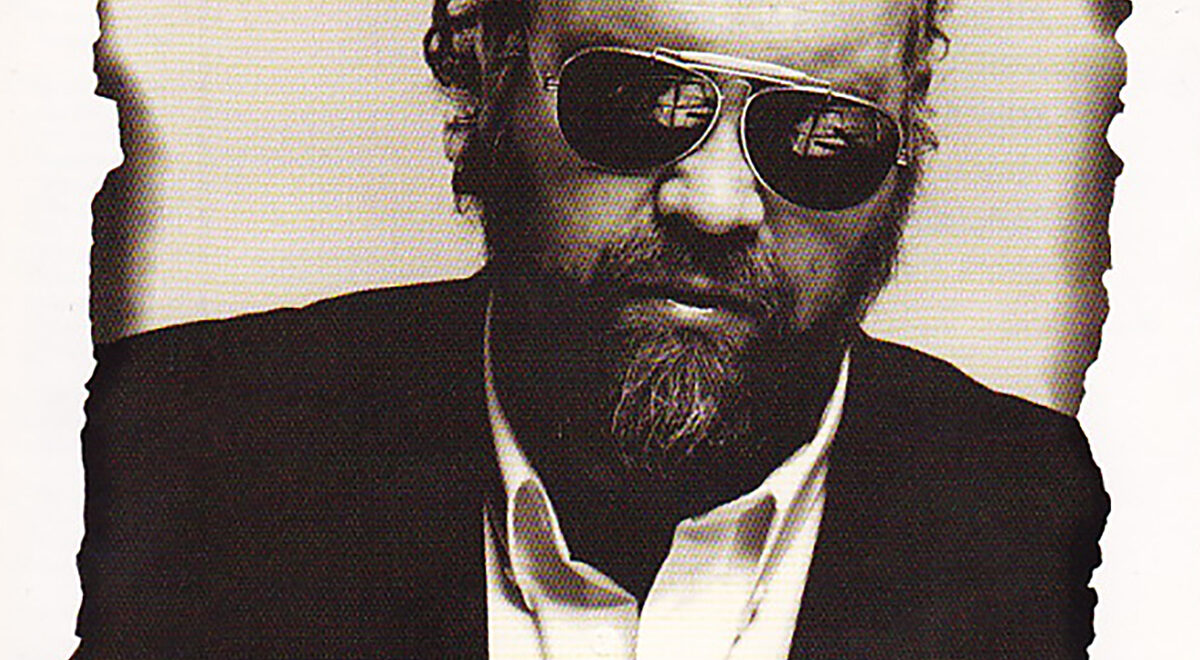The producer, who died Saturday, helped turn early Warp Records into a laboratory for thinking techno, shaping the Black Dog into one of British dance music’s most restless […]
Highlights from The Collection: The Deep End of the 1990s

Trip hop compilations, ambient elegies, and emotional messes: A half-dozen albums that skipped the spotlight but stuck with us.
Long before we opened our doors in the Arts District in 2018, In Sheep’s Clothing was quietly curating a record collection meant to live in the room. We weren’t digging for collector’s pieces or status LPs, but albums to shape an atmosphere, to linger in the air, to push our Klipschorns and reward close listening without demanding it.
We’ve never stopped. The collection continues to evolve, still guided by feel more than fashion — by music that settles into a room and quietly transforms it. Some albums have stayed with us from the beginning. Others resurface with new relevance, especially when listening back through the lens of a certain time.
The 1990s were a decade of rupture and reinvention, where underground music splintered into a thousand scenes, and genre gave way to mood, myth, and intention. As one portal into our collection, which we continually update on our site, below are five lesser-known classics that capture that spirit: an Australian lo-fi masterpiece stitched with tape hiss and heartbreak; a record so singular it helped coin the term “post-rock”; a landmark trip hop compilation that mapped an entire subculture; a quiet revolution in ambient-dub minimalism; and an aquatic techno odyssey with its own cosmology.

Cannanes – A Love Affair with Nature
An exquisitely crafted, and thematically grim, set of jangly guitar pop songs powered by tiny, magnetic electronic and acoustic rhythms, the Cannanes’ 1989 album A Love Affair with Nature is as sticky as it is urgent. The Australian band, which released singles in the US for indie labels including K Records, Ajax, and Dark Beloved Cloud, wrote a lot about the bad side of love, the end of parties, and friendships gone sideways. On “I Woke Up,” singer Frances Gibson recalls the drunken night before, listening to “something I was not meant to hear,” a tryst, and an ill-advised phone call. “Cardboard” vibes like an uptempo Young Marble Giants song, with Gibson confessing, “there’s not much that excites me” and recalling an evening spent “standing without conversation.” “Take me to the hotel, Johanna,” sings Stephen O’Neil on a song of the same name, “and let’s trash the place/I want to drink till my money runs out/till I’ve passed out on the ground.” Wonderfully under-practiced — the Cannanes had a hard time carrying a steady beat for too long — A Love Affair With Nature feels taped together, but with intention, ingenuity, and smarts.
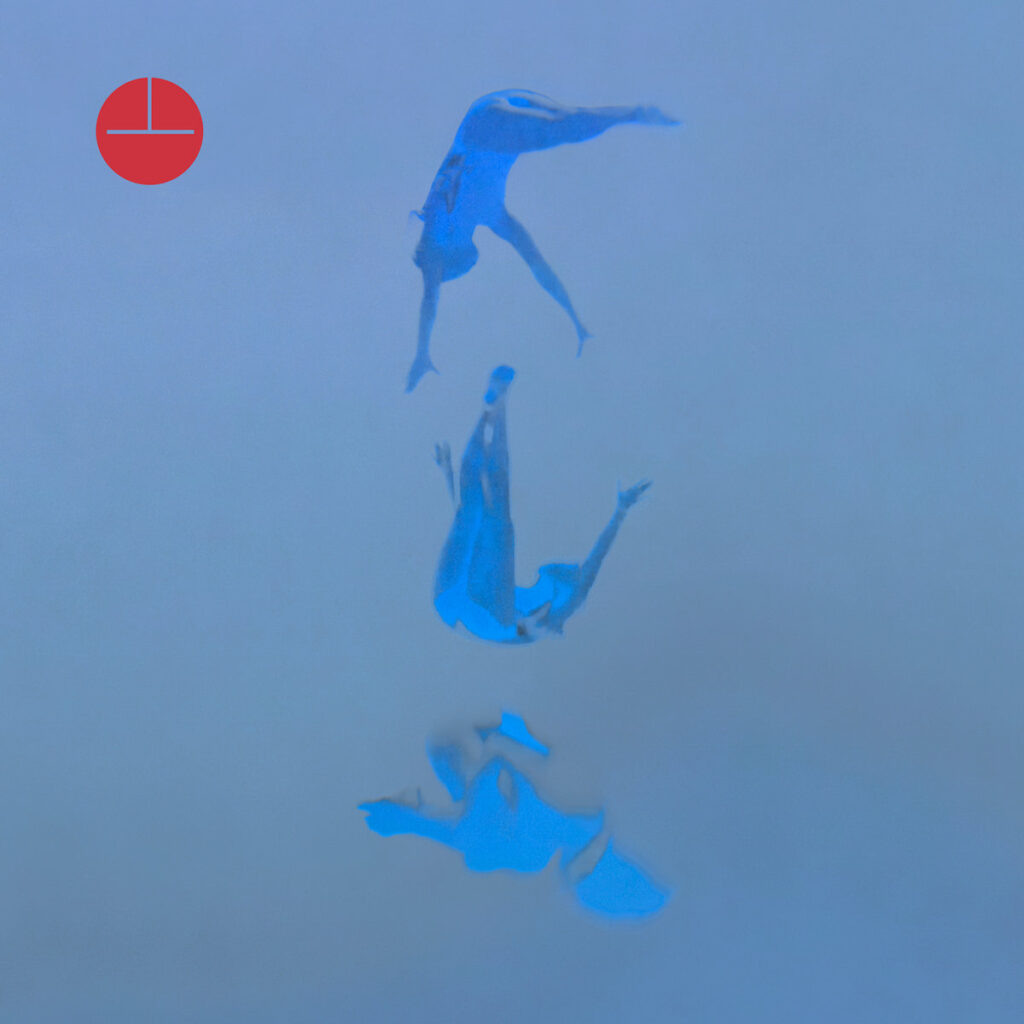
Hiroyuki Onogawa – August in the Water: Music for Film 1995-2005
Sublime, ethereal minimalism: the first drawing together of Hiroyuki Onogawa’s soundtrack compositions, plotting a decade of music for films by cult filmmaker Gakuryū Ishii. Sequenced into an album by Onogawa himself, this retrospective spans a fertile period of collaboration with Ishii, through soundtracks for three remarkable films — August in the Water (1995), Labyrinth of Dreams (1997), and Mirrored Mind (2005) — where the cinema is texturally and sensually imbued with the spiritual, ambient, dreamlike quality of Onogawa’s music. Highly recommended for fans of Hiroshi Yoshimura, Music Interior, Yoshio Ojima, Kankyō Ongaku, etc. Watch Ishii’s cult classic August in the Water, “a curious mix of Japanese animism, New Age spirituality, and science fiction,” on archive.

Bark Psychosis – Hex
One of the most severely underrated bands of the ’90s, Bark Psychosis was formed in East London by friends Graham Sutton and John Ling when they were just 14-years-old. Precociously consuming music (everything from Talk Talk and The Blue Nile to Miles Davis and Lee Perry to Butthole Surfers and Psychic TV), the duo aimed early on to craft a sound that was entirely their own. Bark Psychosis’ masterpiece debut would arrive about a decade later in 1994 and spark the term “post-rock.”
Curious what else we’ve kept in rotation? Browse the full In Sheep’s Clothing collection here.
Recorded during a turbulent period that would eventually lead to the band permanently splitting up, Hex captured a truly dynamic sense of tension swaying between moments of serene ambient to visceral noise with unconventional arrangements, key changes, complex time signatures, as well as a mixture of electronic and live instrumentation. Encapsulating jazz, dub, rock, avant-garde, pop, experimental music, and more, the album would lay the blueprint for countless post-rock bands to follow.
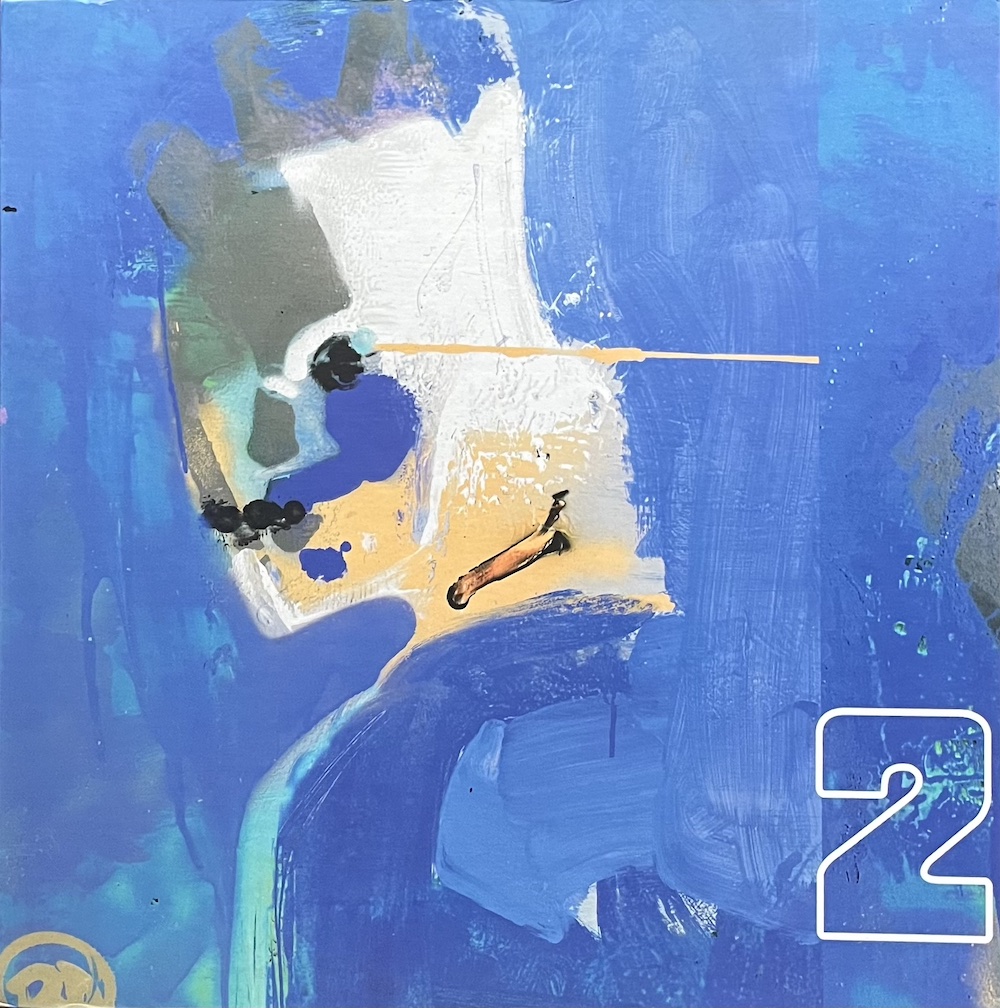
Various Artists – Headz and Headz II
In 1994, the British label Mo Wax tapped into a global movement to release a series of collections called Headz. Combining the rhythms and tempos of hip hop and dub with electronic dance music subgenres including drum & bass, illbient, and downtempo, it offered a taste of an ascendent sound coming to be known as trip hop. That first release featured tracks by DJ Shadow, Autechre, UNKLE, and Attica Blues, and helped corral a bunch of different scenes onto its six sides. Two years later Mo Wax issued a the follow-up. Called Headz II, it was so thick that the label divided it into two volumes.
While each in the series has its bangers, the 4 LP set Headz II Part B is particularly deep, featuring Japanese trip hop legend DJ Krush, a remix of Innerzone Orchestra’s classic “Bug in the Bassbin,” instrumental hip hop tracks by the Jungle Bros. and Beastie Boys, and pensive jungle-adjacent tracks from Peshay, Attica Blues, Dillinja, and Source Direct. This series isn’t on streaming sites, but some of the tracks show up on artist-focused releases. Mo Wax pressed a lot of these, though, so they’re not too hard to come by, especially the CD version, which is packaged in a nice laminated box. The 4LP set is also exquisitely packaged.
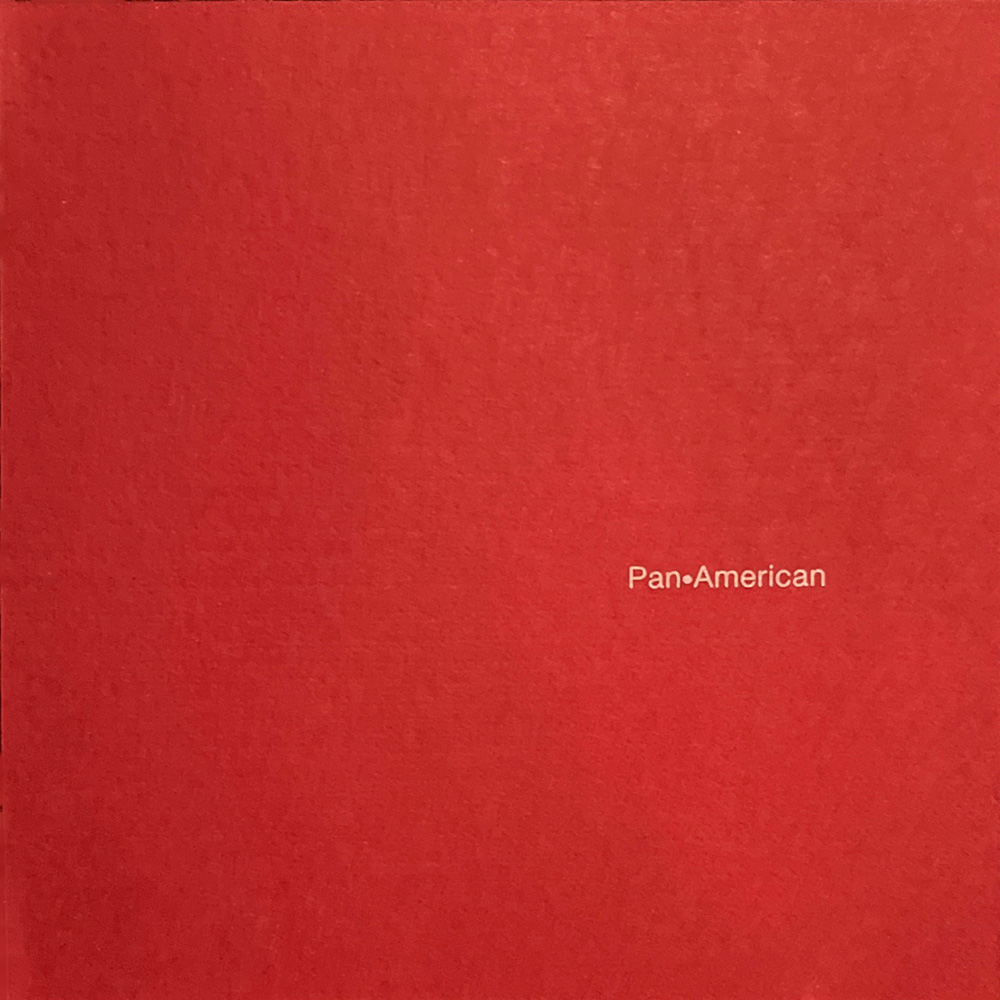
Pan American – Pan American
For much of the 1980s and 1990s, volume was the go-to signifier for musical rebellion. Louder and faster had been accepted as the only sonic way to express anger and discontent – nuance, intent, and depth be damned. Whether gabba, hardcore punk, speed metal, thrash, rap or electronic dance music, the reflex seemed to be maximalism.
In that climate, Mark Nelson’s debut as Pan•American seemed to cut through the noise with silence. Granted, Kranky, which issued the record, had been laser-focused on trimming the fat through releases by Low, Labradford (Nelson co-founded the group), Roy Montgomery, and Stars of the Lid since its birth in 1993, and ambient music was following its own path throughout that same period. Pan•American, though, seemed to split the difference. As precisely arranged as Marie Kondo’s patio, the album’s nine tracks employ subtle electric guitar lines, synths, heavy dub-influenced bass, reverb, and an undercurrent of ambient textures to create a graceful, trip-hop adjacent thing of beauty.
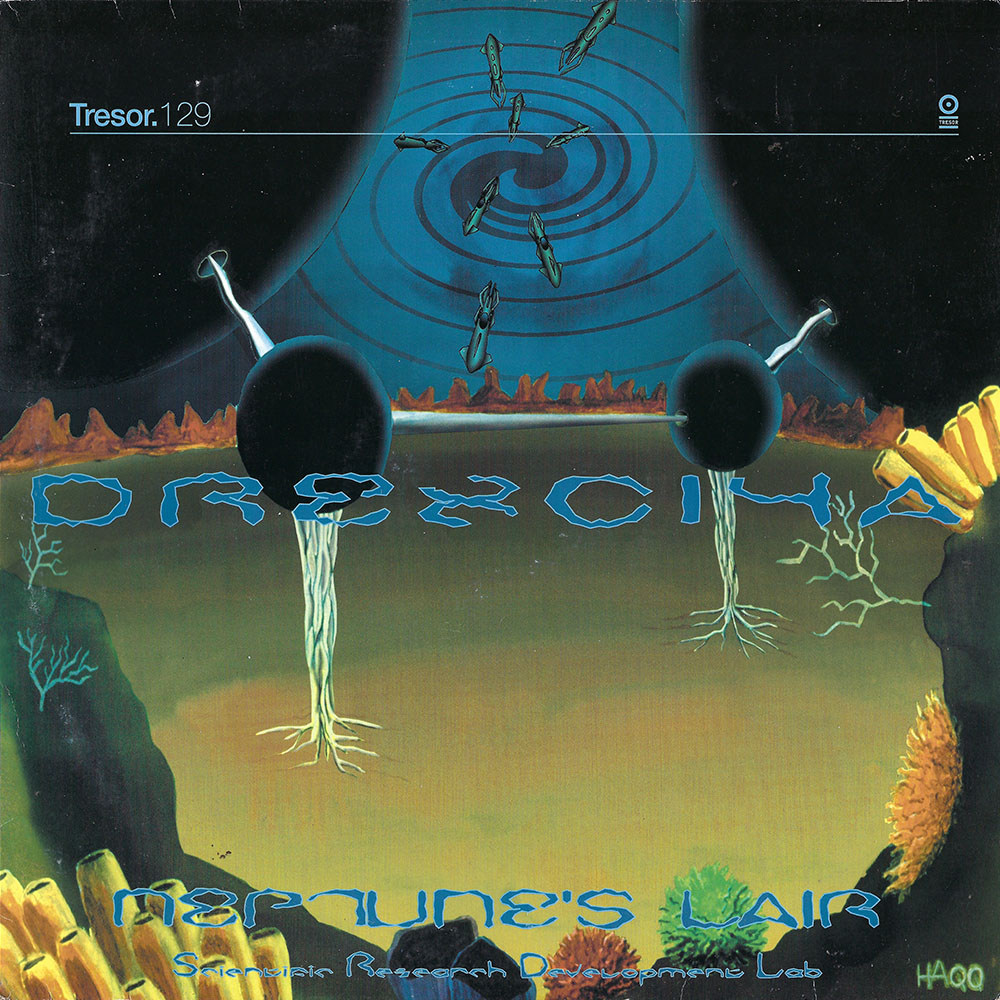
Drexciya – Neptune’s Lair
One of the most influential techno records ever made, Neptune’s Lair, the debut album by the mysterious Detroit electro-techno outfit Drexciya followed a series of groundbreaking releases on Mike Banks’ seminal Underground Resistance label. Drexciya’s James Stinson and Gerald Donald remained hidden behind their alias for much of the group’s existence and instead built a mythology around their music based on a “Drexciyan” race of underwater dwellers descended from pregnant slave women thrown overboard during trans-Atlantic deportation. The music fits the myth to a tee – aquatic, wave jumping, supernatural electro that sounds as fresh today as it did over two decades ago.
Curious what else we’ve kept in rotation? Browse the full In Sheep’s Clothing collection here.







